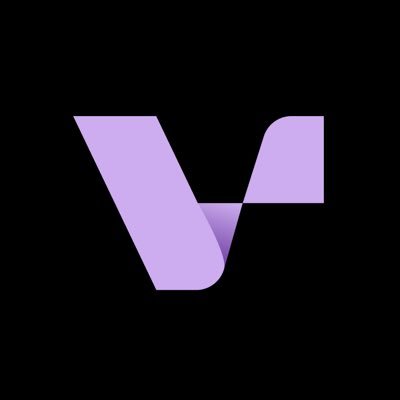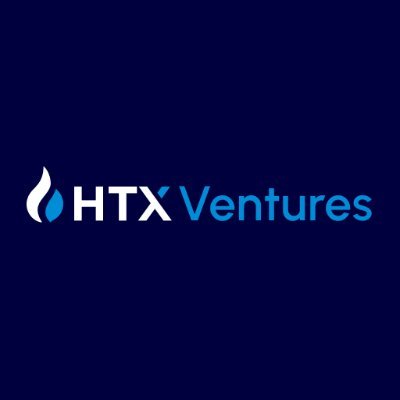Total MarketCap: $0 0
24H Vol: $0.00
BTC:
0 sat/vB
ETH: Gwei

Enable crypto investment for the global masses
Scan QR Code to Explore more key information

Enable crypto investment for the global masses

Vertex Protocol
Decentralized derivatives protocol
Categories:
DeFi
Derivatives
Perp
Ecosystem:
Base
Arbitrum
Sonic
Sonic
Founded:
2021
Vertex is a decentralized exchange for trading spot and perpetual contracts on an order book. Its industry-leading trading engine and integrated money market make Vertex's suite of cross-margin products suitable for both professional and beginner traders.
Vertex Protocol Fundraising
Seed
Amount
$9M
Valuation
--
Date
Apr 26, 2022
Vertex Protocol Team
Scan QR Code to Explore more key information
Vertex Protocol
VRTX

Vertex Protocol
Decentralized derivatives protocol
Categories:
DeFi
Derivatives
Perp
Ecosystem:
Base
Arbitrum
Sonic
Sonic
Founded:
2021
Vertex is a decentralized exchange for trading spot and perpetual contracts on an order book. Its industry-leading trading engine and integrated money market make Vertex's suite of cross-margin products suitable for both professional and beginner traders.
Vertex Protocol Fundraising
Fundraising Event
| Round | Amount | Valuation | Date | Investors |
|---|---|---|---|---|
| Strategic | -- | -- | Jun 22, 2023 | |
| Seed | $9M | -- | Apr 26, 2022 |
Vertex Protocol Team
Powered by
Vertex Protocol
VRTX
$0
-2.42%


















